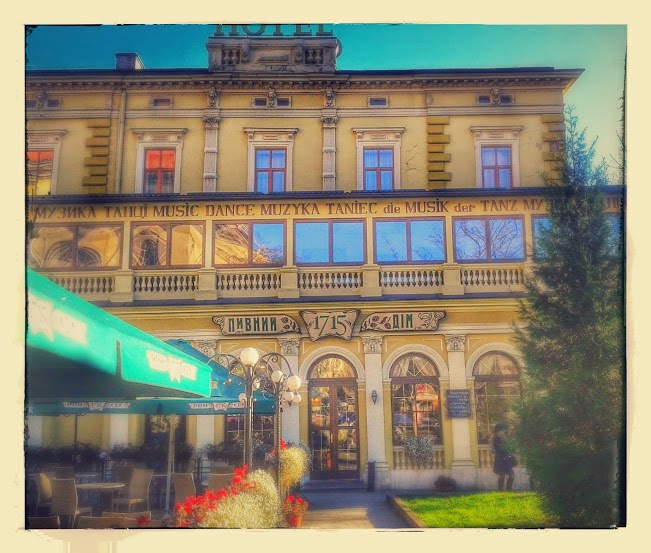Rover: Bicycle Galician-Style

In the Ukrainian diaspora we call a bicycle a "rover" – the word which was commonly used in western Ukraine before the war. Now in Ukraine the word "velosyped" is most widely used, but people in western Ukraine, espеcially in villages, still often say "rover." The first bicycles that were sold in western Ukraine were made by the British company Starley & Sutton (later called Rover Company ): "In the early 1880s, the cycles available were the relatively dangerous penny-farthings and high-wheel tricycles. J.K. Starley made history in 1885 by producing the Rover Safety Bicycle —a rear-wheel-drive, chain -driven cycle with two similar-sized wheels... Starley's Rover is usually described by historians as the first recognisably modern bicycle . "The Polish word now most commonly used for bicycle – rower originates from Rover bicycles which had both wheels of the same size (previous model...





.jpg)





.JPG)
